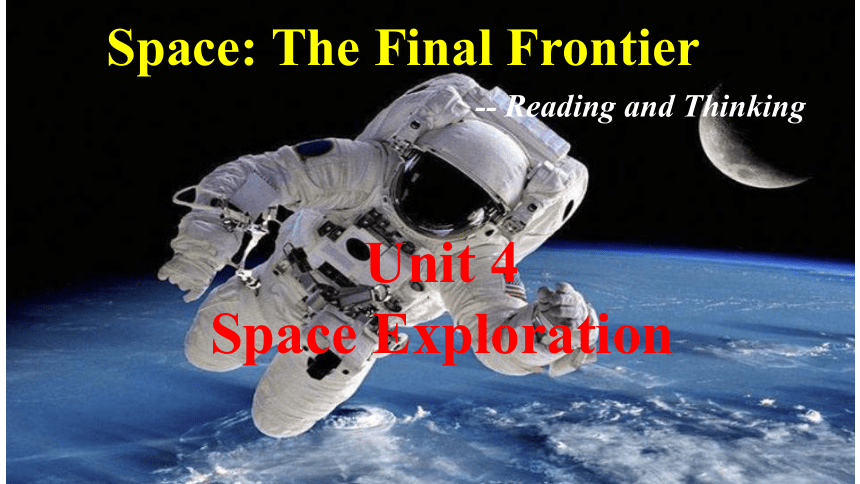 資源預(yù)覽
資源預(yù)覽









 資源預(yù)覽
資源預(yù)覽








